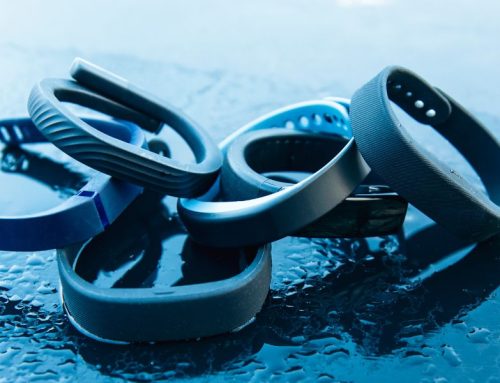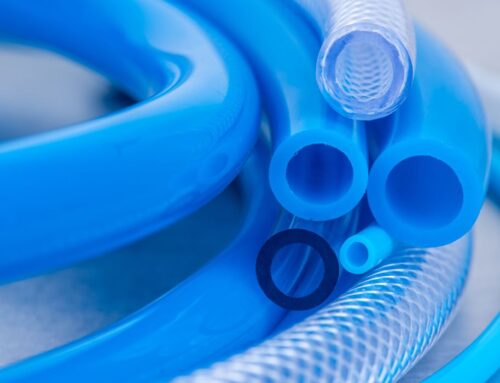Magnetic Resonance Imaging (MRI) machines are vital modern diagnostic tools. Yet, their operation is often accompanied by a loud noise, which can be unsettling for patients and challenging for medical staff. This noise, typically reaching up to 110 decibels, can have the same impact as the sound levels of a rock concert, posing a need for effective noise reduction strategies. Rubber offers multiple options for dampening destructive sound.
The Evolution of MRI Technology
The development of magnetic resonance imaging technology marks a significant milestone in medical diagnostics. Since its inception in the 1970s, MRI has revolutionized how doctors view the human body. The first MRI exam on a human patient took place in 1977, and since then, the technology has evolved rapidly, becoming more sophisticated and accessible. Today, MRIs are a non-invasive, powerful tool for diagnosing a multitude of conditions, from brain tumors to spinal cord injuries, without the risks associated with ionizing radiation.
MRIs provide unparalleled insights into the body’s soft tissues, aiding in early detection and treatment planning. Market research projects the number of MRI units deployed globally will exceed 10,700 by 2030. The ongoing advancements in MRI technology continue to push the boundaries of medical imaging, offering hope for even greater diagnostic capabilities in the future.
The Mechanics of MRI Machines
MRI machines leverage powerful magnetic fields and radio waves to map detailed images of the human body’s internal structures. At the core of an MRI scanner is a giant magnet that creates a strong magnetic field, aligning the protons in the body’s hydrogen atoms. When a radio frequency current is pulsed through the patient it stimulates the protons, emitting signals as they return to their natural alignment. The machine’s computer system captures and converts these signals into images.
Gradient coils within the MRI play a pivotal role in image clarity. They create additional, variable magnetic fields, allowing for the precise localization of the proton signals. This localization enables the machine to produce images with fine detail, which is essential for accurate diagnoses. The precision of gradient coils directly influences the resolution and quality of an MRI scan, making them integral to the machine’s functionality.
The Decibels of Diagnosis: Understanding MRI Noise
MRI machines are inherently noisy due to the rapid switching on and off of their gradient coils during the imaging process. This switching causes the coils to expand and contract quickly, producing vibrations that result in loud knocking sounds. The large magnet further amplifies the intensity of these sounds, acting as a resonance chamber.
Studies have measured the noise generated by MRI machines and found that the sound levels can reach 110 decibels, comparable to the noise produced by a chainsaw or a rock concert. This noise level can cause discomfort and anxiety in patients and poses a potential risk to hearing over prolonged exposure without adequate protection.
The high decibel output during scans necessitates hearing protection for patients and highlights the importance of noise reduction solutions in MRI technology. It’s a critical aspect of patient care that is often underappreciated but essential for a more comfortable diagnostic experience.
The Impact of Noise on Patients and Healthcare Staff
The loud noise produced by MRI machines can significantly affect the patient experience, often causing anxiety or even deterring individuals from undergoing necessary scans. For healthcare staff who work around MRI machines daily, the constant exposure to high decibel levels can also lead to hearing loss over time. According to the Occupational Safety and Health Administration (OSHA), prolonged exposure to noise levels above 85 decibels can result in permanent hearing damage, making it imperative for staff to use hearing protection. The cumulative effect of MRI noise poses a risk to auditory health and can contribute to increased stress and reduced concentration, affecting overall job performance and workplace well-being.
Rubberization: A Silent Partner in MRI Procedures
Rubberization in MRI machines primarily targets the gradient coils and the housing where these coils are contained. Applying rubber materials to these components significantly reduces vibration transmission to the surrounding structures. This dampening effect is crucial because the vibration of the gradient coils, which are rapidly switched during scanning, is a primary source of the noise.
The strategic placement of rubber not only absorbs the vibrations but also minimizes the reverberation within the MRI machine’s structure. This is similar to placing a mute inside a bell; it doesn’t stop the bell from ringing but significantly softens the sound. Studies show that using specific rubber composites in construction can lead to a noise reduction of up to 30%, a substantial decrease that can transform the patient’s experience during an MRI scan.
Rubber’s inherent elasticity and energy absorption properties make it an effective material for noise reduction in MRI machines. By integrating rubber components, MRI procedures become less intimidating, creating a quieter and more comfortable environment for both patients and healthcare providers.
The Science of Silence: Types of Rubber and Their Application
In MRI machines, specialized types of rubber, such as ethylene propylene diene monomer (EPDM) and neoprene, are utilized for their superior noise reduction capabilities. EPDM is favored for its durability and resistance to temperature variations, while neoprene is chosen for its flexibility and resilience to compression, essential in absorbing vibrationseffectively.
The application of rubber to MRI components involves meticulous manufacturing and quality processes. Initially, the rubber is precision-engineered to match the specific contours and shapes of the MRI parts. Following this, the rubber is molded directly onto the component or attached using strong adhesives to ensure a secure fit that will not degrade over time. This process is critical to maintain the integrity of the MRI machine’s functionality while enhancing its noise reduction efficiency.
The Benefits of Rubberization in MRI Procedures
Rubberization in MRI machines offers significant noise reduction benefits. This reduction translates to a more serene environment, alleviating patient anxiety and potentially improving the quality of MRI scans by reducing movement from discomfort.
The quieter setting enhances the overall experience, making the procedure less daunting. For healthcare staff, the lowered noise levels contribute to a more focused and less stressful workspace, underlining rubberization’s role in improving the diagnostic process for all involved.
Rubberization is a key innovation in reducing MRI noise, enhancing patient comfort, and safeguarding staff health.
For more information or a quote on the rubberization of medical components for MRIs and other equipment, please contact us today.



